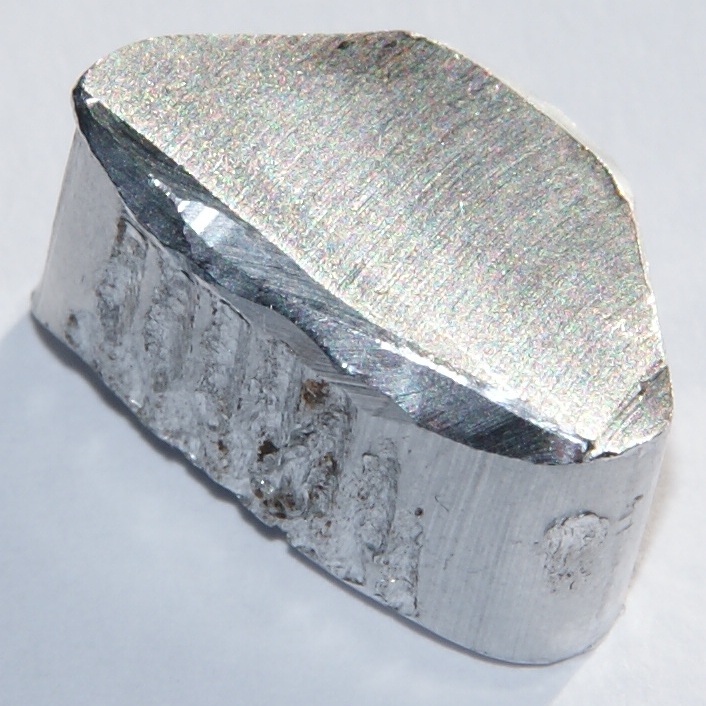Material Characterizations and Sorting Specifications That Can Alloy the Development of Advanced Tire Constructions with High Incorporation of Recovered Rubber Materials
This project seeks to improve the recycling efficiency of recovered rubber materials from used tires back into new tires, by increasing the addition of micronized rubber powder (MRP) from used tires in the production of composite polymer materials (CPM) which is used in the production of new tires. CPM is a blend of MRP and virgin rubber. Increasing the use of MRP for new tires significantly reduces greenhouse gas emissions versus other tire recycling processes such as tire burning in cement kilns, crumb or reclaimed rubber manufacturing. While MRP is an attractive cost-effective option for recycling of tires, its incorporation into new tire compounds is limited to ensure that those compounds have properties equivalent to virgin polymers.
This project will develop an understanding of the properties of MRP as a function of the MRP feedstock (used tires) and processing conditions for the production of MRP. This would enable the development of specifications for sorting of used tires and grinding of the tires MRP, together with the associated formulations and tire constructions that will allow higher incorporation of MRP back into new tires without degradation in tire performance, including reliability, durability and rolling resistance. The estimated energy savings for this project are 21PJ per year.








